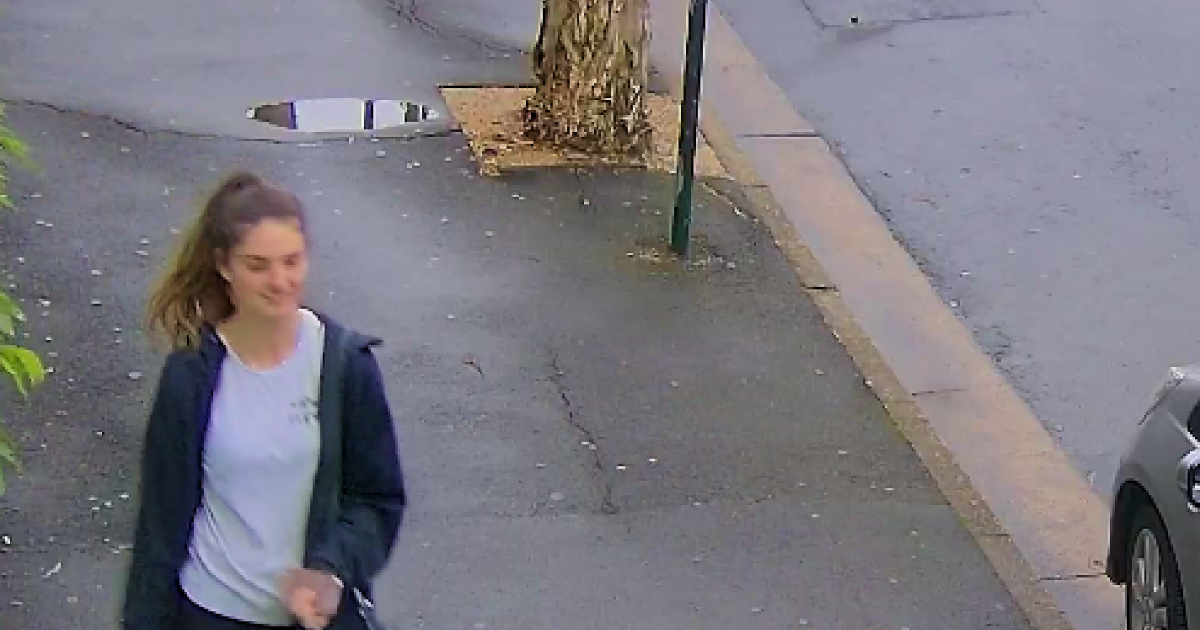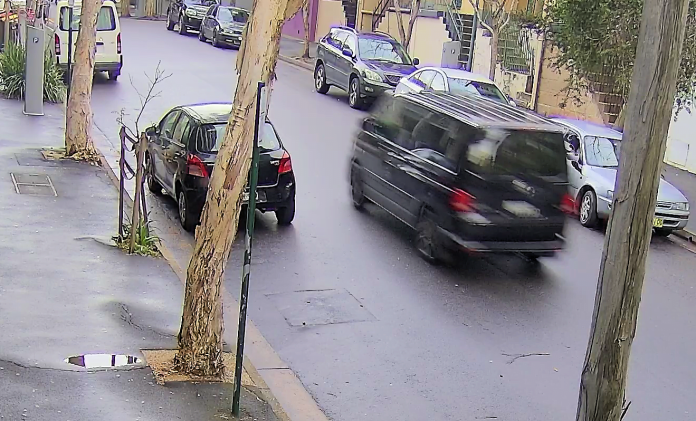Q: Can we reduce motion blur at night by setting shutter speed higher than typical defaults of 1/25th of a second? Can we use 1/60th, 1/120th, 1/250th, 1/500th? Will there be any impact on camera performance? What operational price will we pay for these faster selections?
A: Yes, you can and yes, there is a trade-off. You’ll definitely get somewhat more moving detail with a 1/500th shutter but you will also get more noise as the camera processor brightens the image by including more white digital stuff.
The difference in terms of the image’s appearance is not as large as you’d expect – it’s hard to best the laws of physics. Using 1/500th in a bid to get plates at night doesn’t work that well – you won’t get plates but you will get a percentage more detail closer in. Moving plates in low light are tough.


First image at default auto shutter speed of what looks like 1/30th sec at around 4.45pm, while the second image is locked at 1/125th of a second about an hour later. One gives court admissible facial ID, one does not.*
Tests tell us that a faster shutter does help with faces. Faster shutter speeds work best where there is some light say – 7-10 lux minimum – and you are looking for faces to about 12m with standard varifocal lenses. Past this distance, amplification noise robs the image stream of detail when you zoom digitally, as I have done with the faces above.
Monochrome is a good option for face recognition in low light. Don’t be shy about using it. If the end user grumbles, show them comparisons – they will almost always be indisputable. Muted, noisy colour video streams are overrated. ♦
* Both these images have been brightened and sharpened by the same levels using third party software.













